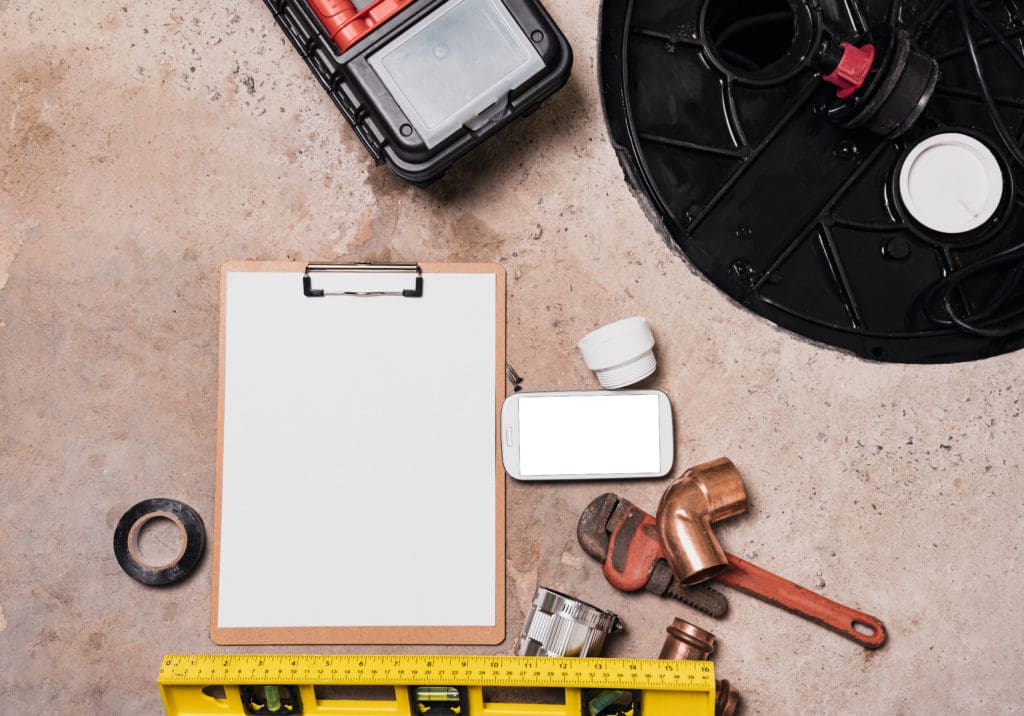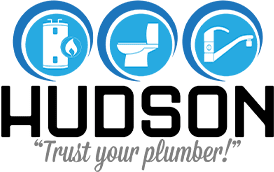How do you know if your home requires a sewage ejector pump? Simple! A sewage ejector pump will ensure the drain line can move against gravity when the home sits below the main sewer system. Keep reading below to learn more about how to fully understand the benefits of a sewage ejector pump as well as how to maintain one.

How Does a Sewage Ejector Pump Work?
You’ll often hear a sewage ejector pump referred to as a pump-up system. A sewage ejector pump moves liquids and solids up to where the main sewer line is accessible. The pump sits below the surface of the ground in a pit. It holds roughly 30 gallons of wastewater. When the wastewater surpasses a set threshold, a moveable float will kick the pump on and activate the upward flow until it reaches an acceptable level again.
How Do You Get a Sewage Ejector Pump?
Installing a sewage ejector pump can be tricky, so we recommend contacting a highly trained and licensed plumbing contractor. Our Hudson Plumbing team is available around the clock for all your sewer pump needs. The best way to schedule an appointment is by phone at (765) 349-0900.
Is a Sump Pump and a Sewage Pump the Same Thing?
One of the most common misunderstandings we see in the residential service industry is the difference between a sump pump and a sewage ejector pump. While both systems function to prevent flooding in your home, they serve two different critical purposes. A sump pump assesses the water level beneath your home when the property sits in a flood zone. A sewage ejector pump moves sewage into the main drain system when the plumbing fixtures sit below the main drain connection.
Are There Other Types of Pumps for Your Plumbing?
There are certainly more than just one type of lift pump you might find in residential homes. For instance, submersible pumps lift both sewage and gray water into the main sewer system and may even employ the use of a grinder to break down material as it moves through the pump. Pedestal pumps satisfy the same need but are motorized and can withstand hotter water temperatures of up to 210 F. Consult with your local plumber to determine what pump options are best for your home’s needs.
Would You Like to Speak to Our Team About Installing or Repairing a Sewage Ejector Pump?
Our team of highly trained and background checked plumbers are ready to address all your sewage ejector pump questions. Give us a phone call whether you believe a repair or replacement of your pump is needed at (765) 349-0900. Our Hudson Plumbing crew will inspect your home’s sewage ejector pump. And then we’ll provide options so you can choose how you want to proceed! “Trust your plumber!”


